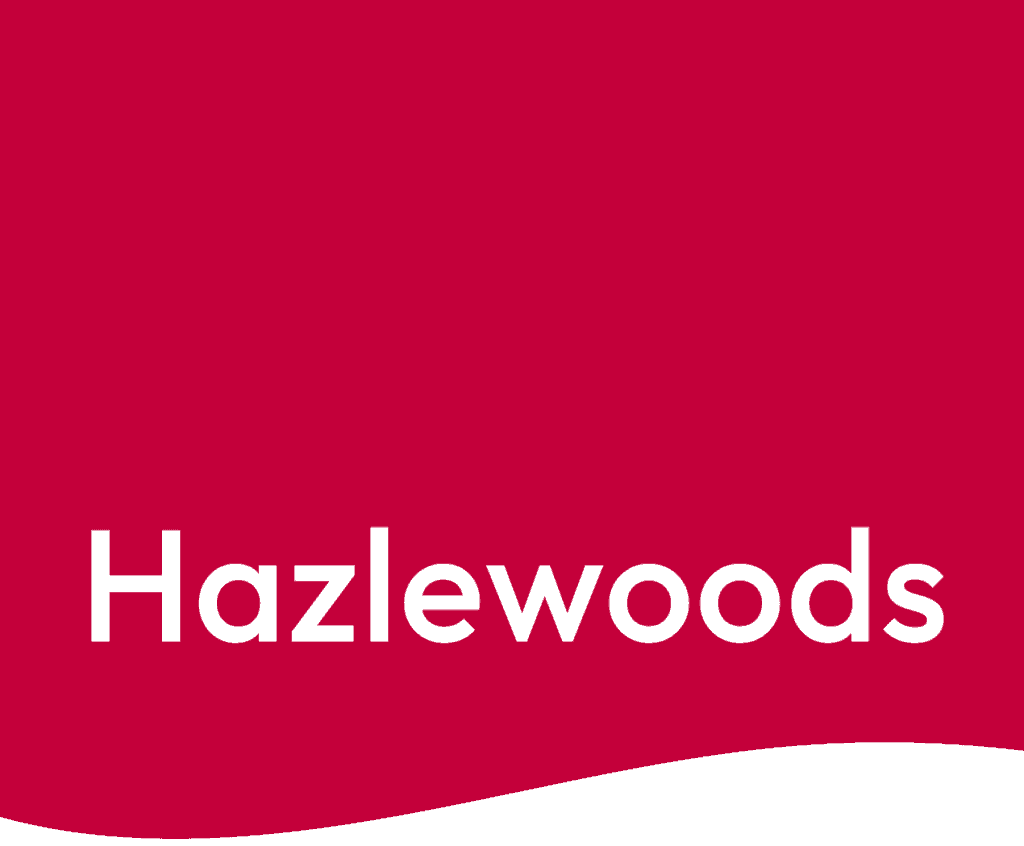On 21 July 2025, the UK government released draft legislation and the results of its consultation on how upcoming inheritance tax (IHT) reforms will apply to trusts and individuals. The changes are set to take effect from 6 April 2026, with only minor adjustments to the original proposals.
Changes for Individuals
From 6 April 2026, the 100% relief under Agricultural Property Relief (APR) and Business Property Relief (BPR) will be capped at the first £1 million of qualifying assets per individual. HMRC have confirmed this allowance will not be transferable between spouses. Any value above
this threshold will receive 50% relief.
Importantly, this £1 million cap will be index-linked to the Consumer Prices Index (CPI) from April 2030, although this is subject to parliamentary approval, as with the personal allowance for income tax and the IHT nil rate band (NRB). Given the IHT NRB has remained frozen since 2009, and the personal allowance since 2021/22, whether there is any movement in the APR/BPR allowance come 2030 is anyone’s guess.
The option to pay IHT in 10 interest-free annual instalments will cover all assets qualifying for APR or BPR.
From 6 April 2027, unused pension funds and death benefits will be included in a person’s estate for IHT purposes. APR and BPR will not apply to pension assets brought into charge, which may significantly impact individuals holding qualifying shares, or business property
within a pension.
Transitional rules will apply to gifts made between 30 October 2024 and 5 April 2026. These gifts will initially be assessed under the current rules but will fall under the new regime if the donor dies on or after 6 April 2026, and within seven years of making the gift.
Changes for Trusts
Trusts holding qualifying assets before 30 October 2024 will each have their own £1 million APR/BPR allowance. However, trusts created on or after that date by the same settlor will share a combined £1 million allowance, allocated chronologically based on the value of qualifying property settled.
If a trust is wound up, any unused allowance is lost and cannot be reallocated.
Capital appointments from existing trusts of assets settled before 30 October 2024 will follow the old rules until the next 10-year charge. For assets settled after that date, the old rules apply only until 5 April 2026. The first 10-year charge after this date will benefit from unlimited 100% relief for the pre-April 2026 period, with the new capped relief applying thereafter.
Future capital appointments will be taxed based on the rate used at the last 10-year charge, excluding any APR or BPR previously available. The trust’s allowance can offset qualifying property being appointed, but this will reduce the allowance available at the next 10-year charge. The allowance then refreshes for the following 10-year period.
A positive development is the removal of antifragmentation rules, meaning qualifying property settled by the same settlor into different trusts will not be treated as related property for valuation purposes.
Next Steps
Both individuals and trustees should be reviewing their estate planning strategies in light of these changes. Professional advice is strongly recommended to ensure optimal use of available reliefs and allowances.
There may be further changes to navigate following the upcoming Budget on 26 November. Please keep an eye on our website for futher updates.



